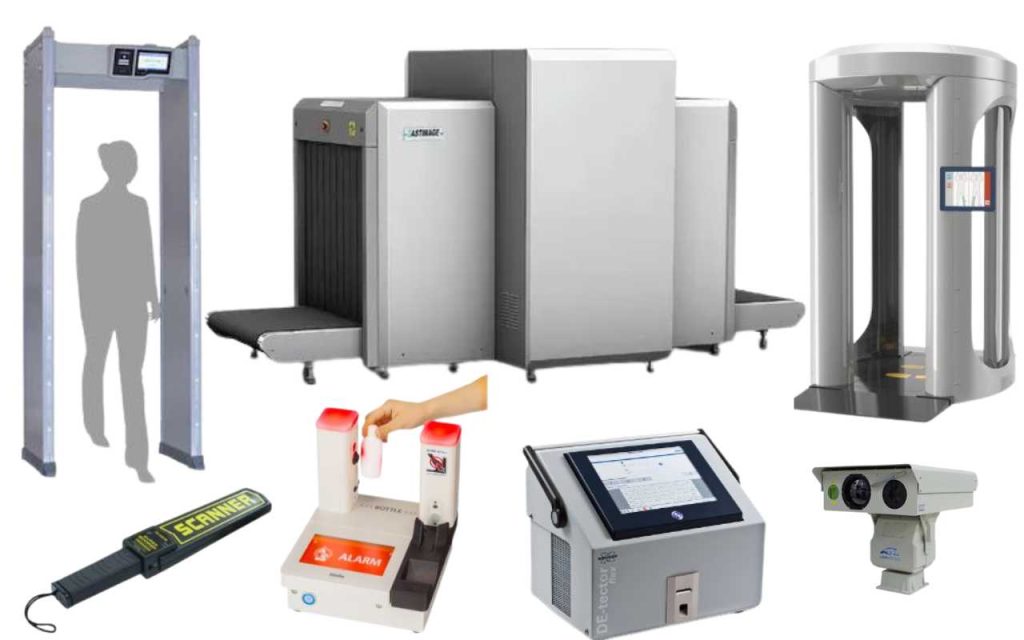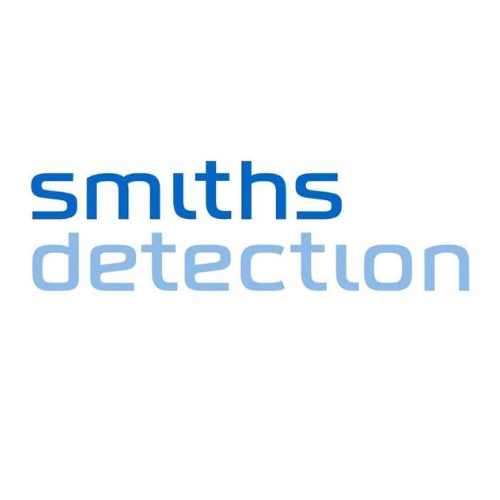Exploring Airport Security Systems in United States in 2025
Airports. They’re bustling hubs of humanity, the launching pads for adventures, and the gateways to reunions. But beneath the veneer of excitement lies a critical, silent guardian: the airport security system. This intricate network of technology and human expertise safeguards millions of travelers every year, ensuring a safe and secure journey. Today, we embark on a captivating expedition to explore the inner workings of this vital system.

A Multi-Layered Approach
Imagine a layered cake, each tier representing a distinct security measure. US airport security systems function similarly. Let’s dissect these layers:
- Passenger Screening: This is the first line of defense. Passengers present travel documents, proceed through metal detectors to identify concealed weapons, and might undergo additional screening like millimeter wave scanners or pat-downs.
- Baggage Screening: Checked luggage takes a technological tour. X-ray scanners meticulously analyze contents, while Explosive Detection Systems (EDS) sniff out traces of explosives. Advanced airports might even utilize CT scanners, offering a 3D view of your luggage’s secrets (minus the dirty laundry, of course).
- Cargo Screening: Don’t forget the freight! Similar to baggage screening, cargo undergoes rigorous checks using X-ray scanners and EDS.
- Perimeter Security: A watchful eye encircles the airport. Security fences, intrusion detection systems, and vigilant guards form a protective barrier. CCTV (Closed-Circuit Television) surveillance systems with facial recognition and license plate recognition capabilities add another layer of vigilance.
- Cyber Security: In our digital age, cyber threats loom. Airport security systems are bolstered by robust firewalls, intrusion detection software, and access control systems to safeguard sensitive information and critical infrastructure.
Unveiling the Security Arsenal
Now, let’s delve deeper into the fascinating world of airport security equipment:
- X-ray Scanners: These workhorses utilize non-ionizing radiation to create detailed images of your luggage contents. Think of them as digital X-rays for your suitcase.
- Body Scanners: Millimeter wave scanners and backscatter machines use radio waves or X-rays to detect objects concealed beneath clothing. They are employed selectively to ensure passenger safety.
- Metal Detectors: These trusty sentinels emit electromagnetic fields to identify hidden metallic objects. The familiar beep serves as a constant reminder of their vigilance.
- Explosive Detection Systems (EDS): These sophisticated machines employ various techniques, like ion mobility spectrometry or gas chromatography, to detect minute traces of explosives.
- Baggage Handling Systems: Imagine a complex ballet. Sophisticated conveyor belts, sorters, and screening stations ensure a smooth flow of luggage while maintaining meticulous security checks.
- Access Control Systems: These electronic guardians control entry to restricted areas using key cards, biometric authentication (think fingerprint scanners), or even iris recognition systems.
The Guiding Force
The orchestra of airport security follows a well-defined score: security regulations. Two key players are:
- Transportation Security Administration (TSA): The TSA, a US government agency, establishes security screening procedures for all domestic airports.
- International Civil Aviation Organization (ICAO): This UN agency sets global standards for aviation security, ensuring consistency across international borders.
The Symphony of Security: Benefits Abound
The intricate dance of security systems yields a multitude of benefits:
- Enhanced Security: Multi-layered security deters criminal activity and safeguards passengers, crew, and aircraft.
- Improved Passenger Safety: By identifying potential threats, security systems significantly reduce the risk of in-flight incidents.
- Reduced Wait Times: Technological advancements like automated screening lanes and advanced baggage handling systems expedite the security process.
- Increased Efficiency: Streamlined security procedures ensure a smoother flow of passengers and luggage, optimizing airport operations.
- Deterrence of Crime: The very presence of a robust security system discourages criminal activity, promoting a safe and secure environment.
The Human Touch
While technology plays a pivotal role, the human element remains irreplaceable. Highly trained security personnel operate the equipment, conduct screenings, and make critical decisions. Their vigilance, expertise, and professionalism are the cornerstone of a successful security system.
The Future of Airport Security: A Glimpse into Tomorrow
The world of airport security is constantly evolving. Biometric technology, with features like facial recognition and iris scanning, is poised to play a bigger role. Artificial intelligence (AI) is being explored to analyze security data and identify potential threats more efficiently. Advanced scanners with even more sophisticated detection capabilities are under development.

Airport Security System Price List
- Customization: Airport security systems are highly customized based on the airport’s size, passenger volume, security needs, and desired technology. A small regional airport will have vastly different needs and costs compared to a major international hub.
- Restricted Information: Specific pricing for security equipment and installation is often confidential due to security concerns. Manufacturers and vendors typically provide quotes based on project specifications.
- Ongoing Costs: The cost of exploring airport security systems goes beyond the initial purchase. Factors like installation, maintenance, training, and software licensing contribute to the overall expense.
However, I can offer some general insights:
- X-ray Scanners: Prices range broadly depending on features and size. Basic models might start around $50,000, while sophisticated CT scanners can reach several hundred thousand dollars.
- Body Scanners: Millimeter wave scanners typically cost between $100,000 and $200,000, while backscatter machines can be even more expensive.
- Metal Detectors: These are generally the most affordable security equipment, with basic models starting around $5,000.
- Explosive Detection Systems (EDS): Prices vary significantly based on technology and capabilities. Basic systems might cost around $100,000, while advanced models can exceed $500,000.
- Integrated Security Systems: The cost of integrating various security components into a unified system can range from hundreds of thousands to millions of dollars, depending on the complexity involved.
Here’s a more helpful approach:
- Contact Security System Providers: Reach out to reputable companies specializing in airport security solutions. They can provide consultations and quotes based on your specific needs.
- Research Industry Reports: Look for industry reports on airport security trends and technology advancements. These reports might offer cost estimations for various security systems.
- Government Resources: The Transportation Security Administration (TSA) website might offer resources on security best practices and potential funding programs for airports.
Get a Quote from Top 12 Global Leader Security Systems Manufacturers
FAQs
What are some items prohibited in carry-on luggage?
Liquids exceeding 3.4 ounces (100ml), gels and creams in containers larger than 3.4oz, and anything that could be considered a weapon (knives, scissors, etc.) are strictly prohibited in carry-on luggage.
How much radiation do X-ray scanners emit?
The level of radiation emitted by X-ray scanners at airports is incredibly low, posing minimal health risks to passengers. It’s significantly less than the radiation you’d be exposed to during a long-haul flight.
What happens if I set off the metal detector?
Don’t panic! If the metal detector alarms, you’ll likely undergo a secondary screening with a handheld metal detector to pinpoint the cause. It could be a belt buckle, loose change, or other harmless items.











